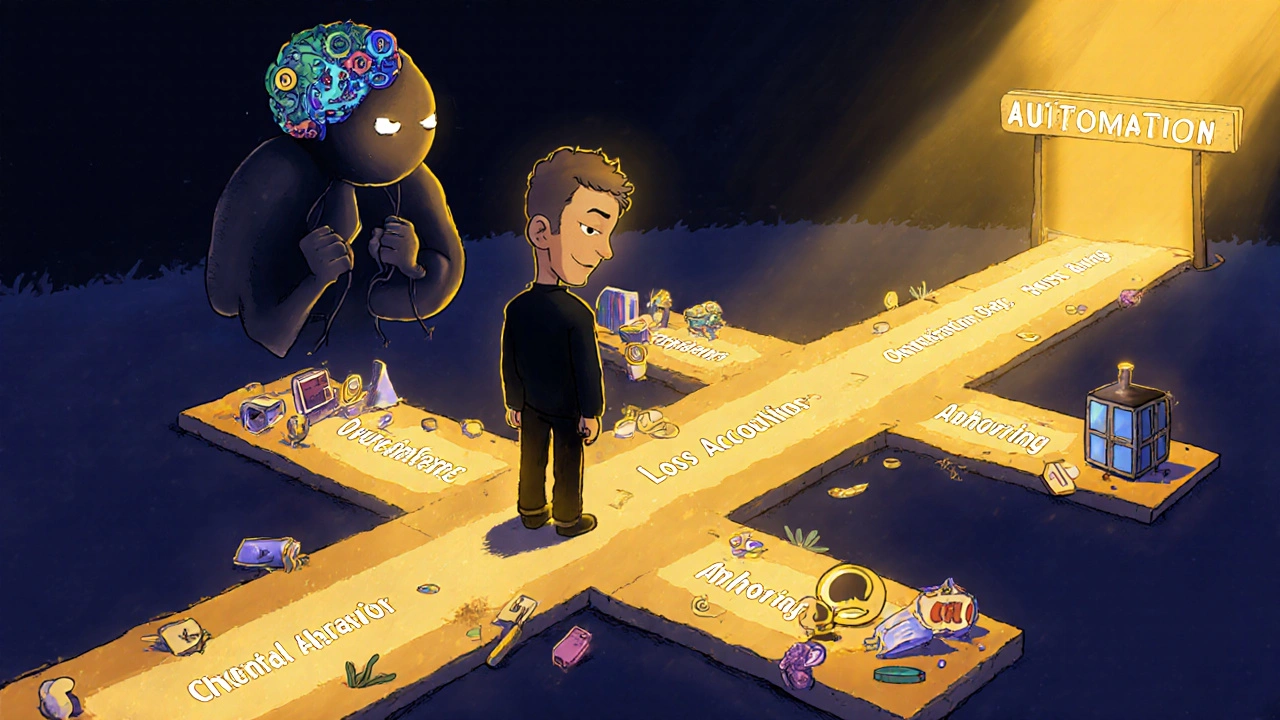Loss Aversion: Why You Fear Losing More Than You Want to Win
When you hold onto a stock that’s dropped 30% because you don’t want to realize the loss, you’re not being rational—you’re falling for loss aversion, a psychological bias where the pain of losing feels twice as strong as the pleasure of gaining. Also known as loss avoidance, it’s one of the most powerful forces in behavioral finance, the study of how emotions and mental shortcuts drive financial decisions.
This isn’t just about stocks. It’s why you keep a useless subscription because you already paid for it, or why you refuse to sell a crypto that’s crashed, hoping it’ll bounce back. Your brain treats a loss like a threat—same as seeing a snake. That’s why sunk cost fallacy, the idea that past spending justifies future commitment and hope bias, the belief that things will turn around if you just wait long enough show up so often in your portfolio. These aren’t separate mistakes—they’re all symptoms of loss aversion. And they’re costing you real money.
You don’t need to be a trader to feel this. If you’ve ever hesitated to switch banks because you’re scared of losing your current rewards, or avoided rebalancing your portfolio because you didn’t want to sell something that’s down, you’ve felt it too. The posts below don’t just explain why this happens—they show you how to spot it in your own habits. From how robo-advisors use tax-loss harvesting to protect you from your own impulses, to why holding cash isn’t cowardice but strategy, you’ll see how smart investors turn loss aversion from a weakness into a checklist.
Below, you’ll find real examples of how people break free from this trap—not with theory, but with tools, timing, and simple rules that work in the real world. No jargon. No fluff. Just what actually helps when your gut says "hold on" but your brain knows better.
Behavioral Finance Biases: Common Money Mistakes and How to Fix Them
Learn how common psychological biases like loss aversion, overconfidence, and herd behavior lead to costly money mistakes - and how to fix them with simple, proven strategies.
View More